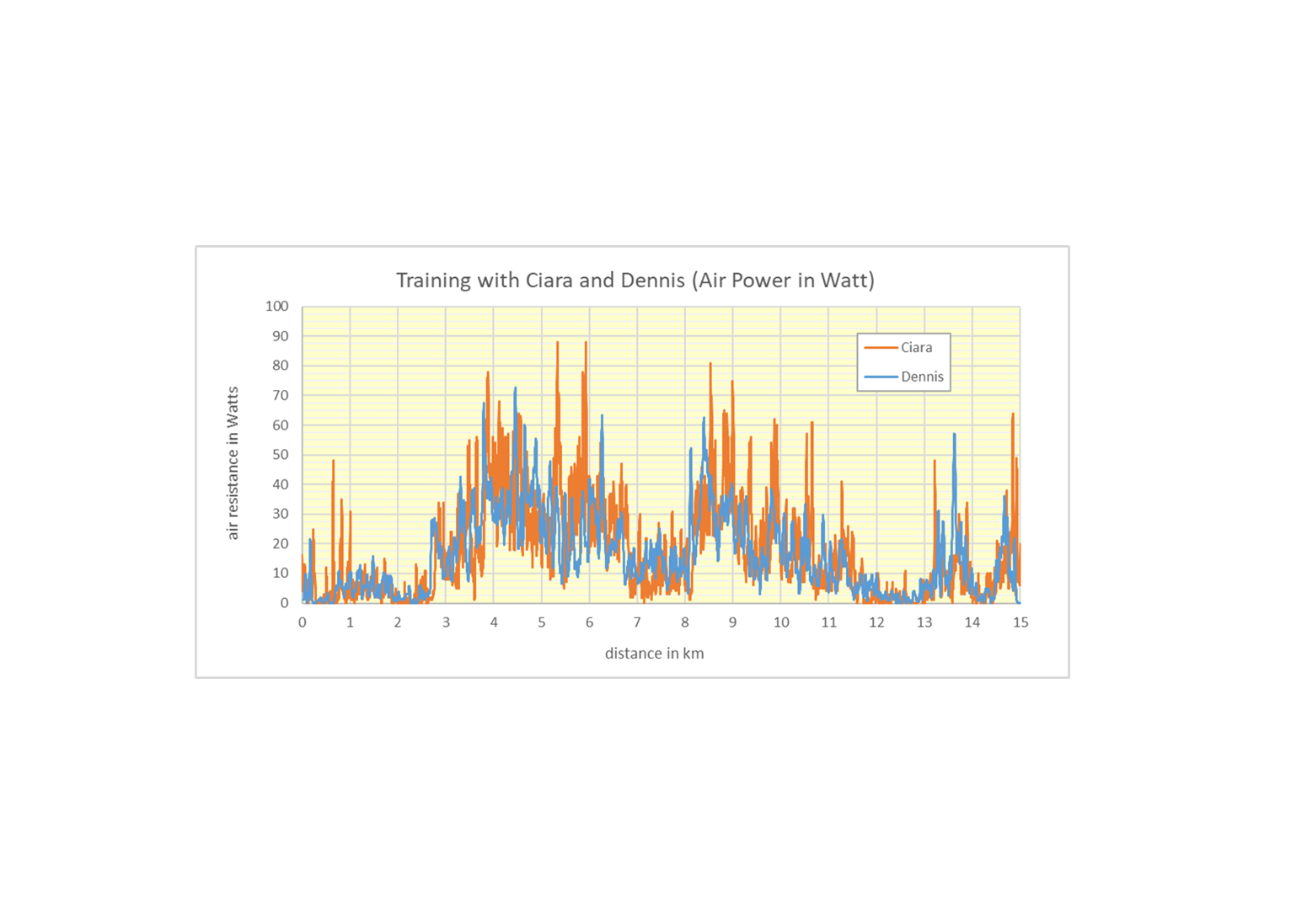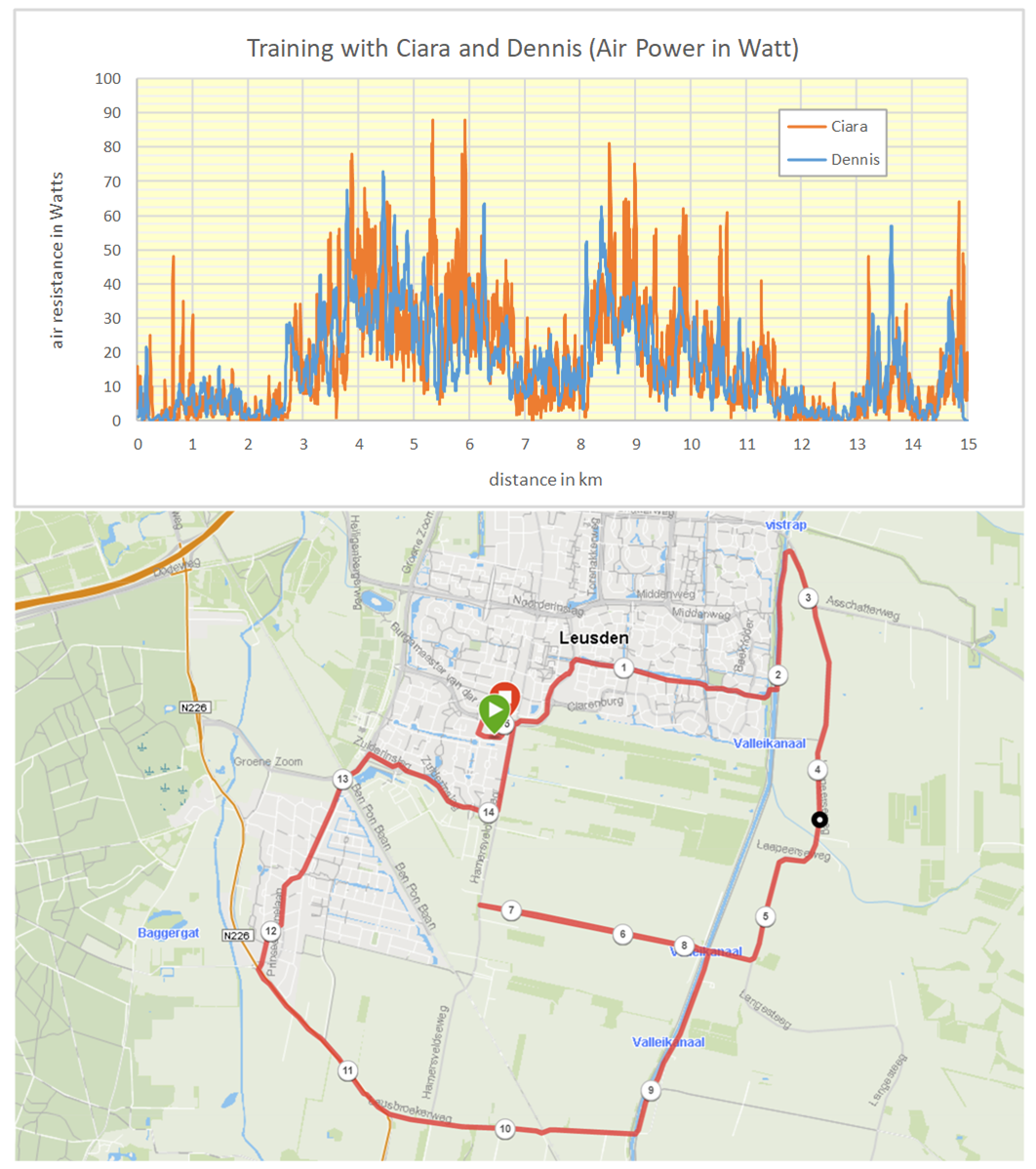Leveraging the inconveniences of Ciara and Dennis into successful and advantageous run training

After the last few weekend's of Storm Dennis and Storm Ciara, it might be Ellen's turn next weekend. In Europe it is new that storms get names. They are only named when the wind force is high. If the storm gets a name, it could just be that a running event is canceled. Very annoying but not unwise.
While a race may be cancelled, you can still train in stormy weather!
Turn the storm into an advantage
In our articles we generally write about the disadvantage of wind on your running performance. Wind always has a negative impact on your race time. A headwind has a bigger negative impact than the positive impact of the same tail wind. You can read all about it in our book "The Secret of Running". These facts apply to races. In training, you can benefit from wind. A storm is perfect for a fartlek training. Different than usual. We will show how it works in this article.
Ciara and Dennis
When Ciara and Dennis blew at peak force, Ron ran the same training round in the flat, open terrain of the Gelderse Valley in the Netherlands. In open terrain, the wind is strongest with the lowest risk of branches falling from trees and the like. In the event of a storm, for your own safety it is better to stay away from the forest.
Normally we write that you have to pay attention to the power your Stryd displays. For a storm fartlek, it is best to use the Stryd for distance and speed and pace too. When your Stryd device is connected to a Garmin watch, you can arrange this by going to "Sensors and Accessories" in the menu of the Garmin. At foot sensor, you choose 'always' both for speed and distance. Your watch will continue to capture the GPS data, but will display the pace in the data screen based on the Stryd data. Of course you could also use the pace according to GPS, but the Stryd is more accurate and responds faster to changes in pace. That is an advantage if you want to use the changing wind in a storm for a fartlek workout. There are more brands of sports watches who offer this option for using your Stryd.
Strength and speed
In the graph we show the air power, the air resistance, for both times Ron ran the 15 K training round. Ciara (orange) and Dennis (blue) blew from the same direction. Wind never blows with a constant force. This can be seen in the graph.
If you want to run at a constant pace in a headwind (strength training), it is nice if your watch reacts quickly to changing circumstances. With tailwind, Ron ran at a faster pace to train his speed work.

Differences
Ciara was a wind force 7 storm, while Dennis was "only" wind force 6. It is remarkable that on average the air power only differed 1 Watt.
Ciara turned out to have much more variable wind force than Dennis did. The maximum wind speeds were a lot higher for Ciara. The damage reported in the news media after Ciara was also considerably greater than for Dennis. At times the air power to overcome Ciara was even more than 85 watts. Considering that Ron's functional threshold power (FTP) (80 kg) is 298 watts, it is clear that Ron needed more than a quarter of the power of his human engine to overcome the air resistance. So these were great workouts!
We have summarized the characteristics of the workouts during Ciara and Dennis in the table below.

The storm fartleks were rewarded by an increase of Ron's auto-calculated Critical Power from 287 watts to 288 watts. With the Stryd your Critical Power (CP) is automatically determined by your performance over a period of time. For a balanced runner, it is almost the same as your FTP.
Ron's Garmin did not realize that it was windy and punished the higher heart rate during the workouts with a reduction in VO2 max from 48 to 47 ml O2/kg/min….
If you would like to purchase The Secret of Running (or the German version, Das Geheimnis des Laufens), you can do so at the bottom of store.stryd.com.
You can check the impact of all factors on your performance in our book: The Secret of Running
The book explains the impact of all factors determining your performance in running step by step: training, nutrition, body weight, running form, wind, hills, temperature, altitude, running gear, power meters and much more. Written in a crystal-clear and lively style, the book is a wealth of information for every ambitious runner. It details how much power you need to surmount the running resistance the air-resistance and the climbing resistance, It shows how power meters can be used to optimize your training and race result.
Both The Secret of Running and The Secret of Cycling are available in print as well as eBook in multiple languages.

